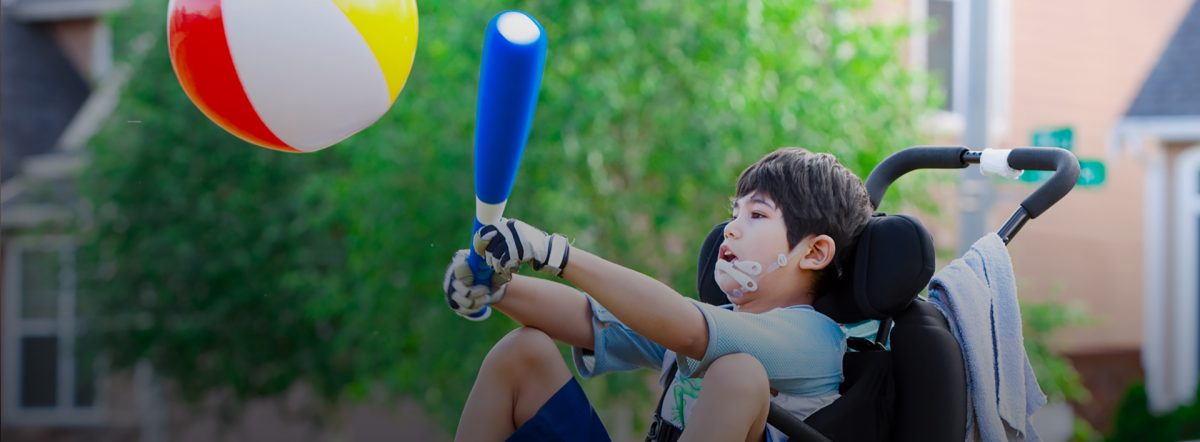 801-746-5075
801-746-5075
 801-746-5075
801-746-5075
Case Management Conferences in Domestic Relations Cases Read more...
BIFF Your Way to Successful Communications with Your Ex-Spouse Read more...

Social Security uses a three-step process in determining if a childhood disability continues. This is referred to as the medical improvement review standard (MIRS). The process is as follows:
1)Whether or not there has been medical improvement since the time of the most recent favorable decision. This decision is referred to as the “comparison point decision” (CPD). If there has not been medical improvement, the disability continues. If there has, then the process proceeds to step two.
2)Whether the disability still meets or functionally or medically equals the listed impairment it met at the time of the CPD. If it does, the disability continues. If not, then the process proceeds to step three.
3)Whether the child is still disabled, considering all impairments.
In 2001, Social Security issued some rulings simplifying the disability determination process for children. Prior to that time, in determining childhood disability, they compared the child’s impairment(s) to a specific listing. However, since then, the determine disability based on whether the child meets or functionally or medically equals “the listings.” There is “functional equivalence” to the listings if the child has a severe impairment that causes “marked” limitations in two domains of the child’s activities, or “extreme” limitations in one domain of the child’s activities. There are six broad domains that social security looks at, which encompasses all of a child’s activities.
In applying step two of the MIRS, social security will use the currently rules for evaluating functional equivalence. How they apply step two depends on the date of the CPD.
1) If the CPD was made before January 2, 2001 (this will not apply very often now that we are in the year 2016). If there has been medical improvement, social security will determine if the child’s impairment(s) still meet the same listing as at the time of the CPD. If not, social security will determine if the child’s impairment(s) now functionally equals the listings under their current rules in 20 CFR 416.926a. If not, they will proceed to step three.
2) If the CPD was made after January 2, 2001 (this will apply to the majority of current cases now that we are in the year 2016).
a) If the CPD impairment(s) met or medically equaled a listing. If so, and there has been medical improvement, social security will determine if the CPD impairment still meets or medically equals the same listing as it was written at the time. If so, the disability continues. If not, social security will determine if the impairment now functionally equals the listings under their current rules. If so, the disability continues. If not, then the process proceeds to step 3.
b) If the CPD impairment(s) functionally equaled the listings. If so, and there has been medical improvement, social security will determine whether or not the impairment(s) still functionally equal the listings. There is no need to determine whether the impairment(s) meet or medically equal one of the listings because the CPD was not based on a specific listing. If the impairment(s) still functionally equal the listings, the disability continues. If not, then the process proceeds to step three.
There is a nifty flow chart that illustrates this social security ruling, which I will not reproduce here. Suffice it to say that the rules regarding functional equivalence for childhood disability changed in 2001 to simplify the determination process. This also necessitated a change in the way social security looks at continuing childhood disability when they do a review.
The rules regarding childhood disability can be somewhat labyrinthine and complex for the layperson. If you have any questions or need advice regarding childhood disability, it is often advisable to consult with an experienced professional.
This material should not be construed as legal advice for any particular fact situation, but is intended for general informational purposes only. For advice specific to any individual situation, an experienced attorney should be contacted.
When it comes the family law and social security disability, each client and case is different. It is also important to select an attorney with the experience, skills and professionalism required to address your legal issues. To learn more, contact the Salt Lake City law offices of Melvin A. Cook and schedule an initial consultation to discuss your case.